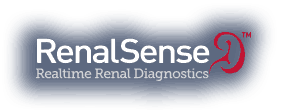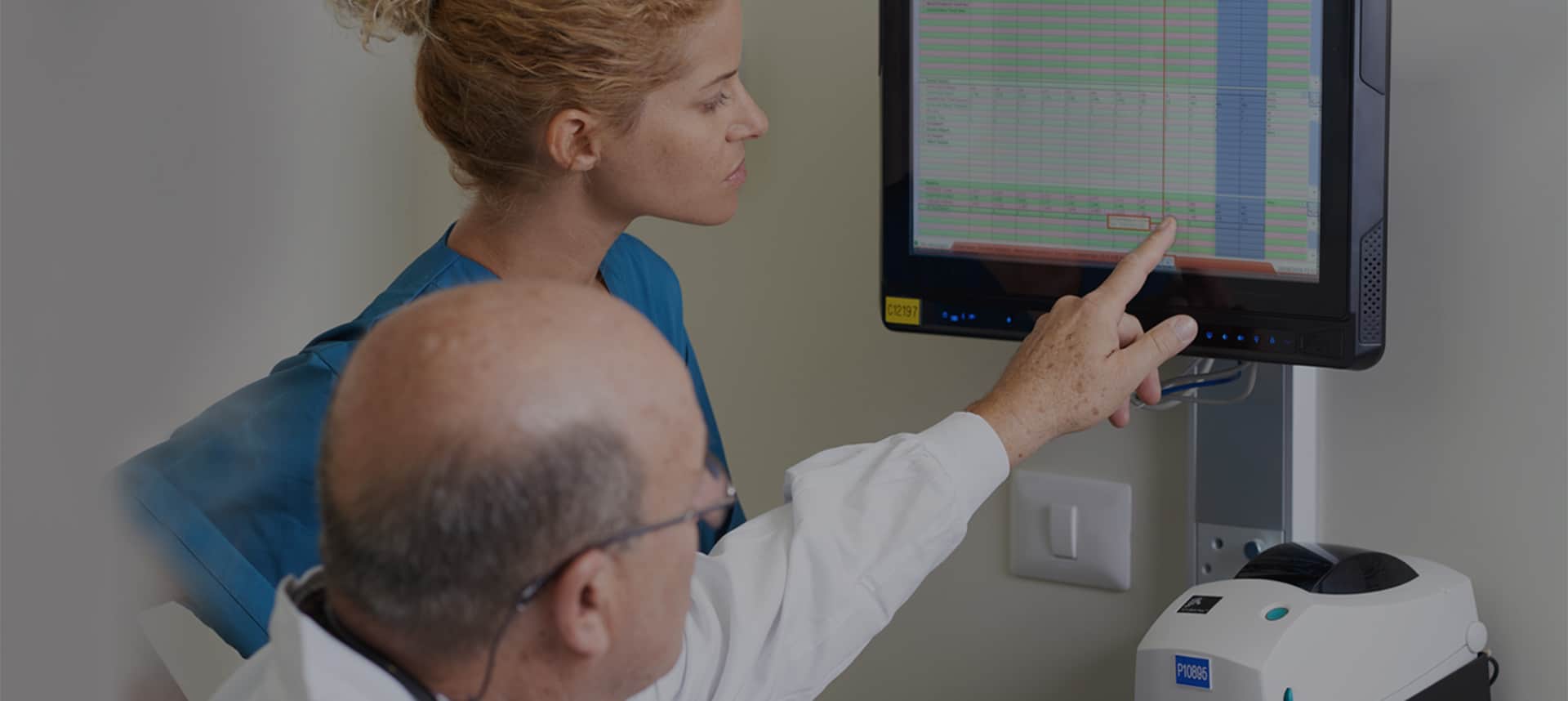Clarity RMS™ is a renal function monitoring system that continuously measures urine flow, automatically transmitting real-time data, and notifications of fluctuations, on a 24/7 basis. This information provides an early sign of AKI risk and facilitates rapid intervention. In addition, it is invaluable for monitoring treatment efficacy and managing fluid balance.






